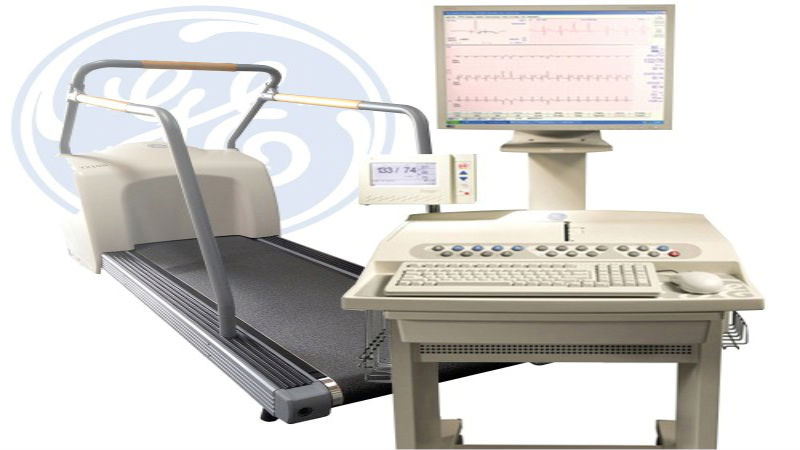There are many different options in styles and types of ECG machines and each has specialized features and functions. However, at an even more basic level, there are differences in the design and options on the equipment, specifically that of the leads.
There are 3-lead, 5-lead and 12-lead ECG systems in use today. All have their practical uses and aspects, but there are options for monitoring that come with the increased number of leads. They are most often used for patients in healthcare facilities as a general monitor if there is a concern of heart attack or other types of cardiovascular health issues.
3 and 5-lead ECG
In general, the 3-lead monitors are rarely used with patients at high risk because they have limited ability to monitor the actual issues and changes in the cardiovascular system. They can only monitor two different areas with one lead used for lateral monitoring and two for inferior monitoring. They are an effective basic monitor.
The 5-lead monitors provide additional information and are sometimes used the intensive care unit or in the progressive care unit as a monitor if there is a need to rule out a myocardial infarction or if there are symptoms that may indicate the risk of a heart attack. These monitors provide the addition of the anterior area for monitoring, providing a more complete picture.
12-lead ECG
The 12-lead ECG is considered the best option in monitoring patients and in providing immediate information for first responders because of the range of information provided. This information can be transmitted to the receiving hospital, allowing the emergency doctors to be fully briefed on the readings obtained by the first responders as well as results obtained during transport.
This is particularly important in areas where transport times can be significant. This allows for an accurate diagnosis of a myocardial infarction and the ability to have the first responders treat accordingly.
Hospitals and cardiology treatment or diagnostic services use the 12-lead machines to provide a complete picture and based on the presenting symptoms of the patient. With more points of reference and greater ability to pinpoint specific atypical results, these systems are very effective at diagnosis.
In general, the 12-lead EKG is used for diagnosis and not monitoring. The most common options for monitoring patients are the 3-lead and the 5-lead machines. The choice of machines for monitoring a given patient will be a factor of the specific reports required and the best practices based on the presenting health issues.






